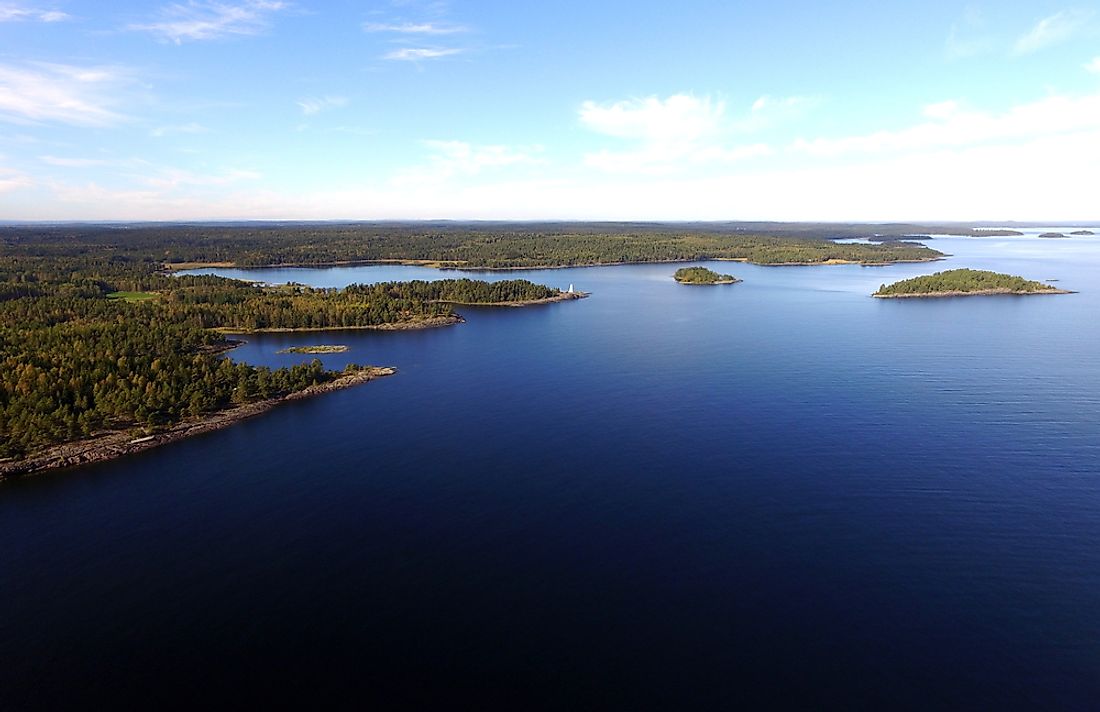Which Country Has the Most Fresh Water?

Freshwater is any naturally occurring water except for seawater or brackish water. Freshwater is found in lakes, rivers, ice-caps, streams, ponds, icebergs, glaciers, etc. Underground water may also be termed as freshwater. The source of freshwater is precipitation from the atmosphere. Some countries have large freshwater resources. These countries enjoy enormous benefits due to their vast reserves of fresh water. Countries with the most freshwater resources are discussed below.
Which Country Has the Most Water?
1. Brazil
Brazil has the highest volume of renewable fresh water resources, totaling approximately 8,233 cubic kilometers. The freshwater in Brazil accounts for approximately 12% of the world’s fresh water resources. The Amazon Region in Brazil contains over 70% of the total fresh water in Brazil. Despite having numerous fresh water resources, one of the most populous regions in Brazil, Sao Paulo, faces severe drought. Access to freshwater by poor neighborhoods in urban areas remains a challenge in Brazil.
2. Russia
The renewable fresh water bodies in Russia include rivers, lakes, and man-made reservoirs. Lake Baikal, the largest and deepest freshwater lake in the world, is located in Russia. Baikal holds up to approximately 1/5 of fresh water in the world. The lake was formed on a rift. However, the lake’s volume has been gradually reducing due to climate change. Baikal harbors a large population of seals. In total, Russia has 4,508 cubic kilometers of fresh water resources.
3. United States
The volume of renewable fresh water resources in the US is approximately 3,069 cubic kilometers. Most of the fresh water resources in the country are surface water. Approximately 77% of the fresh water is surface water and 23% is underground. Majority of freshwater bodies in the United States are lakes. Other fresh water sources are rivers, ponds, and reservoirs. There are thousands of lakes in the US, including the world-famous Great Lakes.
4. Canada
The volume of renewable fresh water in Canada is approximately 2,902 cubic kilometer. Most of Canada’s fresh water is found in its diverse river system and lakes. Besides, the fresh water is mostly underground, in small ponds or in glaciers. The underground water is mostly nonrenewable. The fresh water in Canadian lakes provides drinking water for over 8 million people and supports a quarter of agriculture in the country.
5. China
China has the 5th highest volume of renewable fresh water resources in the world. It has approximately 2,840 cubic kilometers of fresh water. Poyang Lake which is situated in Jiangxi Province is the largest freshwater lake in China. Xin, Xiu, and Gan Rivers all empty their waters into the lake. The volume of the lake keeps fluctuating depending on seasons.
Benefits of Renewable Fresh Water Resources
Having a large volume of freshwater bodies can be very resourceful to a country. Fresh water resources are vital in the sustenance of biodiversity, food production, and generation of hydroelectric power. Migratory birds and other animals prefer having their habitats on freshwater bodies to salty bodies. Countries with a vast volume of fresh water rarely experience problems with household fresh water supply. However, due to poor water connections and water pollution, such countries still experience water shortages. The amounts of fresh water resources have been declining in recent years. Climatic change is one of the main reasons for the diminishing fresh water resources.
Countries With the Most Renewable Fresh Water Resources
| Rank | Country | Freshwater (Kilometers Cubed) |
|---|---|---|
| 1 | Brazil | 8,233 |
| 2 | Russia | 4,508 |
| 3 | United States | 3,069 |
| 4 | Canada | 2,902 |
| 5 | China | 2,840 |
| 6 | Colombia | 2,132 |
| 7 | European Union | 2,057 |
| 8 | Indonesia | 2,019 |
| 9 | Peru | 1,913 |
| 10 | India | 1,911 |
| 11 | Congo, Democratic Republic of the | 1,283 |
| 12 | Venezuela | 1,233 |
| 13 | Bangladesh | 1,227 |
| 14 | Myanmar | 1,168 |
| 15 | Nigeria | 950 |







